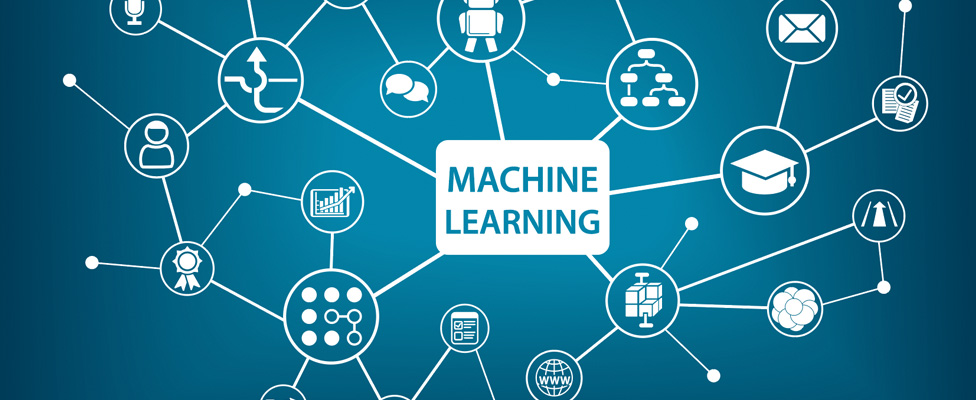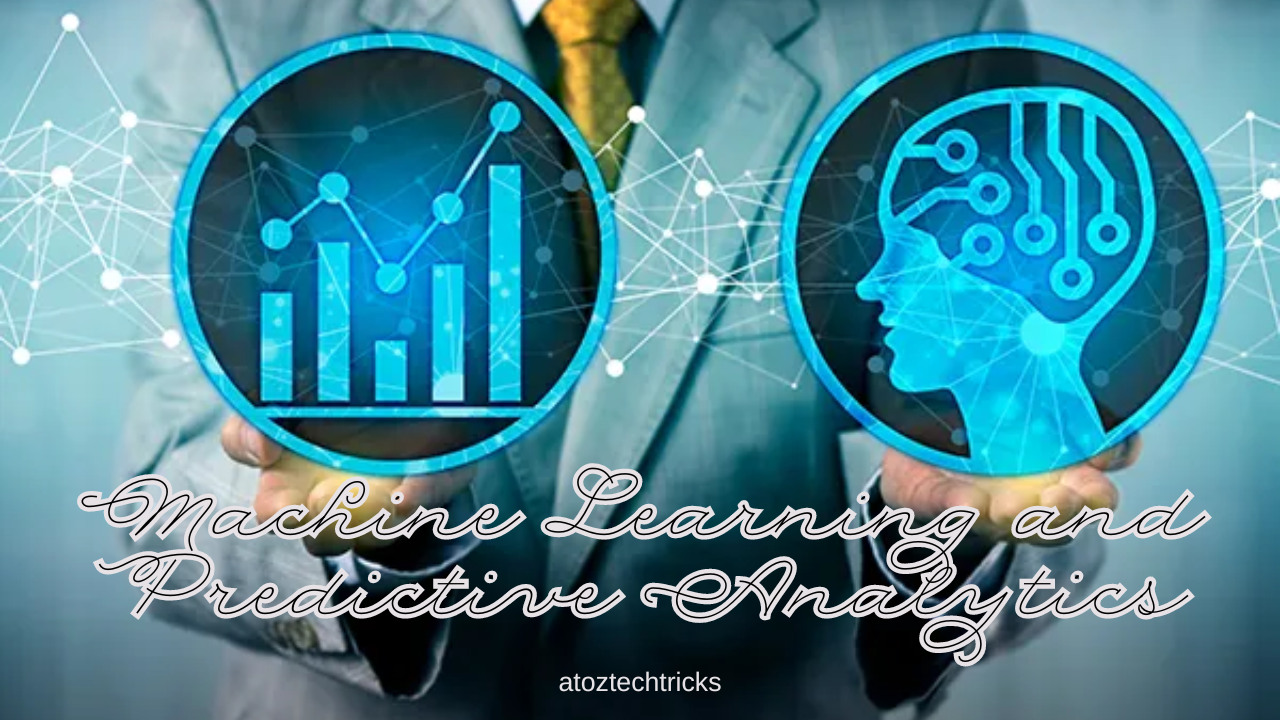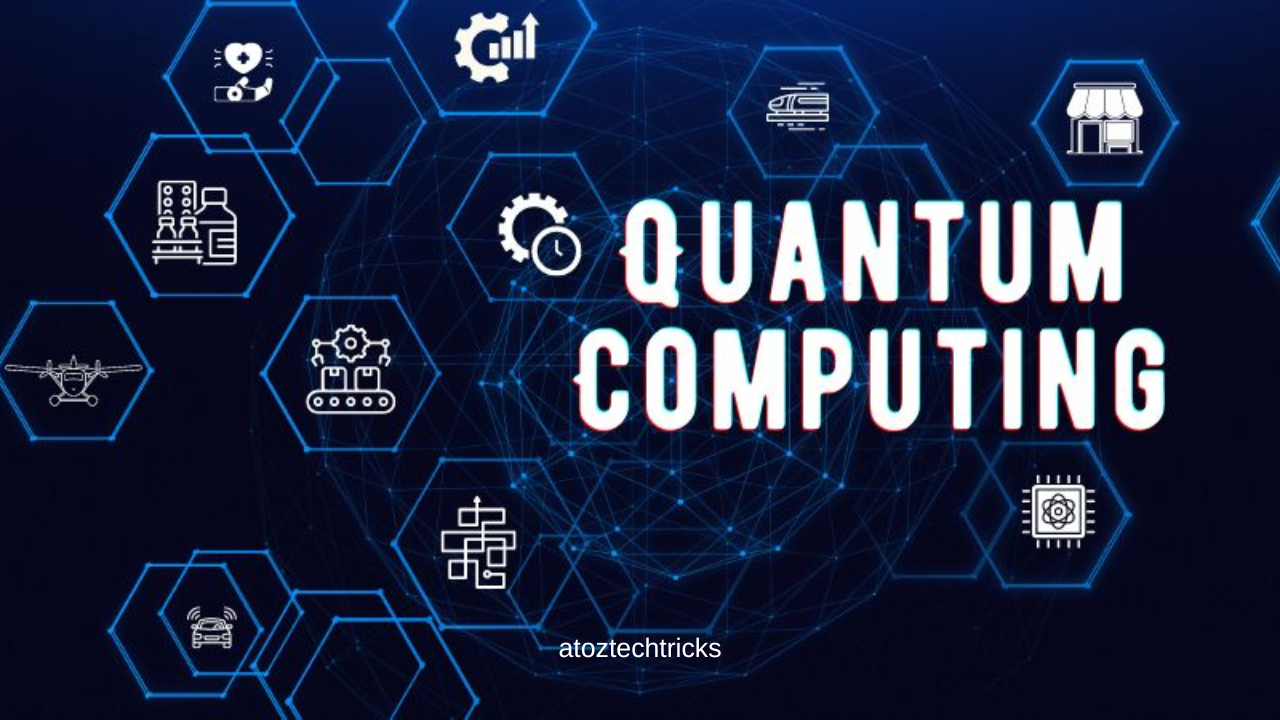Machine Learning and Predictive Analytics: Unleashing the Power of Data
Machine learning (ML) and predictive analytics are two pivotal technologies transforming industries across the globe. Their applications range from enhancing customer experiences to optimizing operations and driving strategic decision-making. As data volumes grow and computational power increases, the synergy between ML and predictive analytics continues to unlock new possibilities and reshape the future of business and technology. In this comprehensive guide, we’ll explore the fundamentals of ML and predictive analytics, their interrelationship, real-world applications, and the challenges and opportunities they present.
Understanding Machine Learning
What is Machine Learning?
Machine learning is a subset of artificial intelligence (AI) that focuses on developing algorithms and statistical models that enable computers to learn and make decisions from data without explicit programming. At its core, ML involves creating systems that can improve their performance on a task through experience. Instead of following predefined rules, ML models identify patterns and insights from historical data to make predictions or decisions.
Types of Machine Learning
- Supervised Learning: This type of ML involves training a model on labelled data, where the input and output are both provided. The model learns to map inputs to outputs and can make predictions on new, unseen data. Common algorithms include linear regression, logistic regression, support vector machines, and neural networks.
- Unsupervised Learning: In unsupervised learning, the model works with unlabeled data and tries to uncover hidden patterns or structures. Clustering algorithms (e.g., k-means, hierarchical clustering) and dimensionality reduction techniques (e.g., principal component analysis) are typical examples.
- Semi-Supervised Learning: This approach combines labelled and unlabeled data to improve learning accuracy. It is particularly useful when labeled data is scarce but unlabeled data is abundant.
- Reinforcement Learning: Reinforcement learning involves training models to make sequences of decisions by rewarding desirable actions and penalizing undesirable ones. It’s widely used in robotics, gaming, and autonomous systems.
Key Components of Machine Learning
- Data: The foundation of any ML model is data. Quality, quantity, and relevance of data significantly impact model performance.
- Algorithms: Algorithms process data and learn from it. The choice of algorithm depends on the problem and data type.
- Features: Features are individual measurable properties or characteristics used by the model to make predictions. Feature engineering involves selecting and transforming features to improve model performance.
- Model Evaluation: Evaluating a model’s performance is crucial. Metrics such as accuracy, precision, recall, F1 score, and ROC-AUC help assess how well the model performs.

Predictive Analytics: An Overview
What is Predictive Analytics?
Predictive analytics involves using statistical techniques and machine learning algorithms to analyze historical data and make forecasts about future events. It’s a form of advanced analytics that helps organizations anticipate outcomes and make data-driven decisions. Predictive models leverage patterns and trends in historical data to predict future occurrences, behaviours, or conditions.
Key Techniques in Predictive Analytics
- Regression Analysis: Regression techniques, such as linear and logistic regression, model the relationship between dependent and independent variables to predict outcomes.
- Time Series Analysis: This technique involves analyzing time-ordered data points to identify trends, seasonal patterns, and cycles. Common methods include ARIMA (AutoRegressive Integrated Moving Average) and exponential smoothing.
- Classification: Classification algorithms categorize data into predefined classes. Examples include decision trees, random forests, and support vector machines.
- Ensemble Methods: Ensemble methods combine multiple models to improve prediction accuracy. Techniques such as bagging, boosting, and stacking are commonly used.
Applications of Predictive Analytics
- Customer Behavior Prediction: Businesses use predictive analytics to forecast customer behaviour, including purchase patterns, churn rates, and lifetime value.
- Fraud Detection: Financial institutions and insurance companies employ predictive models to identify and prevent fraudulent activities.
- Maintenance and Operations: Predictive maintenance involves forecasting equipment failures and scheduling timely maintenance to avoid downtime.
The Synergy Between Machine Learning and Predictive Analytics
How Machine Learning Enhances Predictive Analytics
Machine learning enhances predictive analytics by providing advanced techniques for modelling complex relationships in data. Traditional predictive models often rely on simpler statistical methods, while ML algorithms can handle non-linear relationships, large datasets, and high-dimensional features.
- Advanced Algorithms: ML introduces algorithms like decision trees, random forests, and neural networks that can model intricate patterns and interactions in data.
- Feature Engineering: ML techniques often involve automated feature selection and extraction, improving model performance and interpretability.
- Real-Time Analysis: Machine learning enables real-time predictive analytics, allowing businesses to make decisions based on the most current data.
Use Cases Combining ML and Predictive Analytics
- Healthcare: ML models can predict disease outbreaks, patient diagnoses, and treatment outcomes based on historical medical data and patient records.
- Retail: Retailers use ML and predictive analytics to forecast inventory needs, optimize pricing strategies, and personalize marketing campaigns.
- Finance: In finance, ML and predictive analytics are employed to predict stock market trends, assess credit risk, and develop trading strategies.
Real-World Applications and Case Studies
Case Study 1: Predictive Maintenance in Manufacturing
In manufacturing, predictive maintenance involves using ML models to predict equipment failures before they occur. By analyzing sensor data from machinery, manufacturers can identify patterns that indicate impending breakdowns. This proactive approach reduces downtime, minimizes maintenance costs, and extends equipment lifespan.
Case Study 2: Personalized Marketing in E-Commerce
E-commerce companies use ML and predictive analytics to create personalized shopping experiences. By analyzing customer behaviour, purchase history, and preferences, ML models can recommend products tailored to individual users. This leads to increased customer satisfaction, higher conversion rates, and enhanced sales performance.
Case Study 3: Fraud Detection in Banking
Banks and financial institutions leverage ML algorithms to detect fraudulent transactions in real time. By analyzing transaction patterns and historical data, ML models can identify anomalies and flag potentially fraudulent activities. This approach improves fraud detection accuracy and reduces financial losses.
Challenges and Opportunities
Challenges
- Data Quality and Quantity: The effectiveness of ML and predictive analytics relies on the quality and quantity of data. Incomplete or biased data can lead to inaccurate predictions and models.
- Model Interpretability: Some ML algorithms, particularly deep learning models, are often considered “black boxes” due to their complexity. Understanding how these models make decisions can be challenging.
- Privacy and Security: Handling sensitive data requires robust security measures and compliance with regulations such as GDPR and CCPA.
Opportunities
- Enhanced Decision-Making: ML and predictive analytics empower organizations to make data-driven decisions, improving efficiency and strategic planning.
- Innovation and Competitive Advantage: Companies that effectively utilize ML and predictive analytics can gain a competitive edge by offering innovative products and services.
- Scalability: ML models can be scaled to handle large datasets and adapt to new data, making them suitable for dynamic and evolving business environments.
The Future of Machine Learning and Predictive Analytics
The future of ML and predictive analytics is promising, with several emerging trends and advancements on the horizon:
- Automated Machine Learning (AutoML): AutoML aims to simplify the process of building and deploying ML models, making these technologies accessible to non-experts.
- Explainable AI (XAI): As AI and ML systems become more complex, there is a growing focus on making these models more interpretable and transparent.
- Integration with Other Technologies: ML and predictive analytics will increasingly integrate with technologies such as IoT, blockchain, and augmented reality to create more powerful and versatile solutions.

Machine learning and predictive analytics are revolutionizing the way we approach data and decision-making. By leveraging advanced algorithms and analytical techniques, organizations can gain valuable insights, optimize operations, and drive innovation. While challenges such as data quality and model interpretability remain, the opportunities presented by these technologies are vast and transformative. As we continue to advance in this field, the synergy between ML and predictive analytics will undoubtedly shape the future of business and technology, offering new ways to understand and harness the power of data.




Post Comment